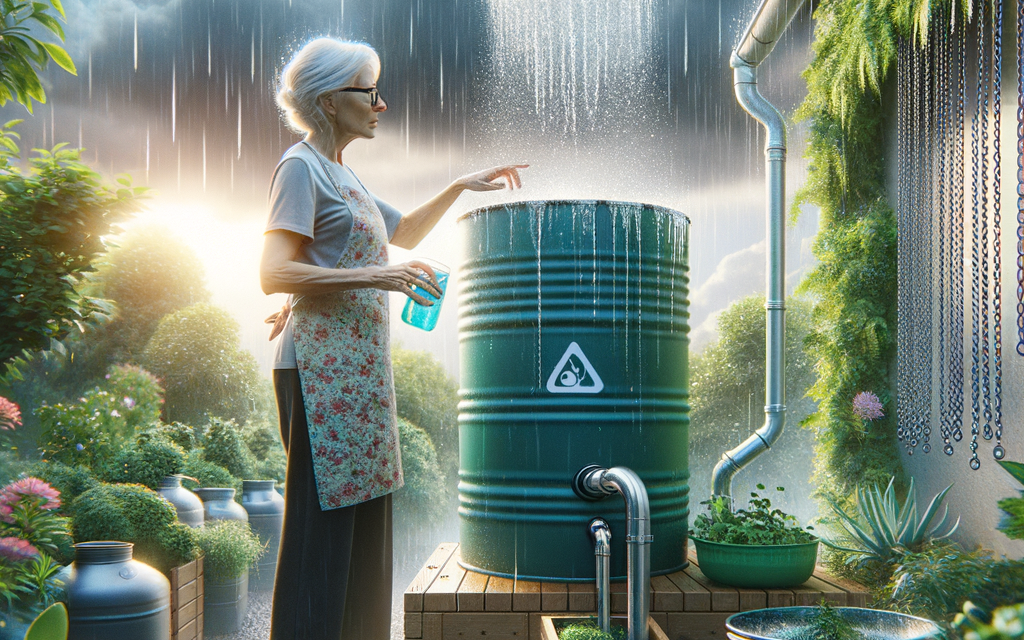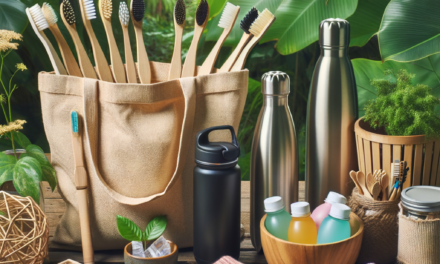Introduction
Embracing sustainable and green living is not just a trend, it’s a lifestyle choice that significantly impacts our planet and personal wellness. One of the most effective ways to conserve water and reduce your ecological footprint is by harvesting rainwater. Not only does rainwater harvesting contribute to water conservation, but it also reduces dependence on municipal water supplies, lowers water bills, and provides a healthier option for your garden as rainwater is free from many chemicals found in tap water. As we gear up for the rainy season, it’s the perfect time to consider setting up a rainwater harvesting system.
Step-by-Step Guide to Rainwater Harvesting Equipment
Step 1: Assess Your Needs
Before diving into purchasing equipment, assess how much rainwater you can realistically collect based on your location’s rainfall patterns and the size of your roof. Also, consider what you will use the rainwater for – whether for watering plants, flushing toilets, or washing clothes – as this will determine the size and complexity of the system you need.
Step 2: Select a Catchment Area
Your roof acts as the catchment area for rainwater. Ensure it’s suitable for collecting quality rainwater, preferably with a non-toxic material like metal roofing. Avoid roofs with toxic materials, such as asbestos.
Step 3: Choose Your Rainwater Harvesting Equipment
- Gutters and Downspouts: Install gutters and downspouts around the edge of your roof to channel water into your storage tanks. Ensure they are made of durable, non-toxic materials and are properly secured to your home.
- First Flush Diverter: This device is crucial as it diverts the first flow of rainwater, which may contain contaminants from the roof, away from your storage tanks. A popular option is the Rain Harvesting Pty Ltd RHAD100 First Flush Water Diverter.
- Storage Tanks: These can range from simple barrels to large cisterns, depending on your needs. Choose tanks made of food-grade material if you plan to use the water for edible plants or personal hygiene. The Strata Products Ltd Ward GN339 Tapered Water Butt is an excellent choice for beginners.
- Filters: To ensure the water you collect is clean, install filters at various points in your system, such as before the storage tank and before the water is used. The Garden Water Filter can be a suitable addition.
- Pumps: If you need to distribute water to various locations or at a certain pressure, you may need a pump. Solar-powered pumps are an eco-friendly option. Consider the ECO-WORTHY Solar Water Pump Kit for an off-grid solution.
Step 4: Install Your Rainwater Harvesting System
Installation can vary significantly based on the complexity of your system. For simple systems, you may be able to do it yourself, but for larger or more complex systems, consider hiring a professional. Make sure your system is compliant with local regulations.
Step 5: Maintain Your System
Regular maintenance is key to ensuring your system works efficiently and the water remains clean. Clean your gutters, check for leaks, and inspect your filters and first flush diverters regularly.
Tips and Common Mistakes to Avoid
- Do not collect rainwater from roofs with hazardous materials.
- Always use a first flush diverter to improve water quality.
- Regularly check local laws and regulations on rainwater harvesting.
- Ensure your tanks are covered to prevent algae growth and keep out debris and insects.
- Do not use rainwater for drinking without proper treatment.
Conclusion
Setting up a rainwater harvesting system is a proactive step towards sustainable living. With the right equipment and maintenance, you can make a positive impact on the environment and your well-being. Remember, every drop saved is a step towards a healthier planet. Start small if you must, but start now – your garden, wallet, and future generations will thank you.
For more information on sustainable living and rainwater harvesting, visit organisations such as The Royal Horticultural Society or use apps like HarvestH2O for guidance on water conservation practices.










